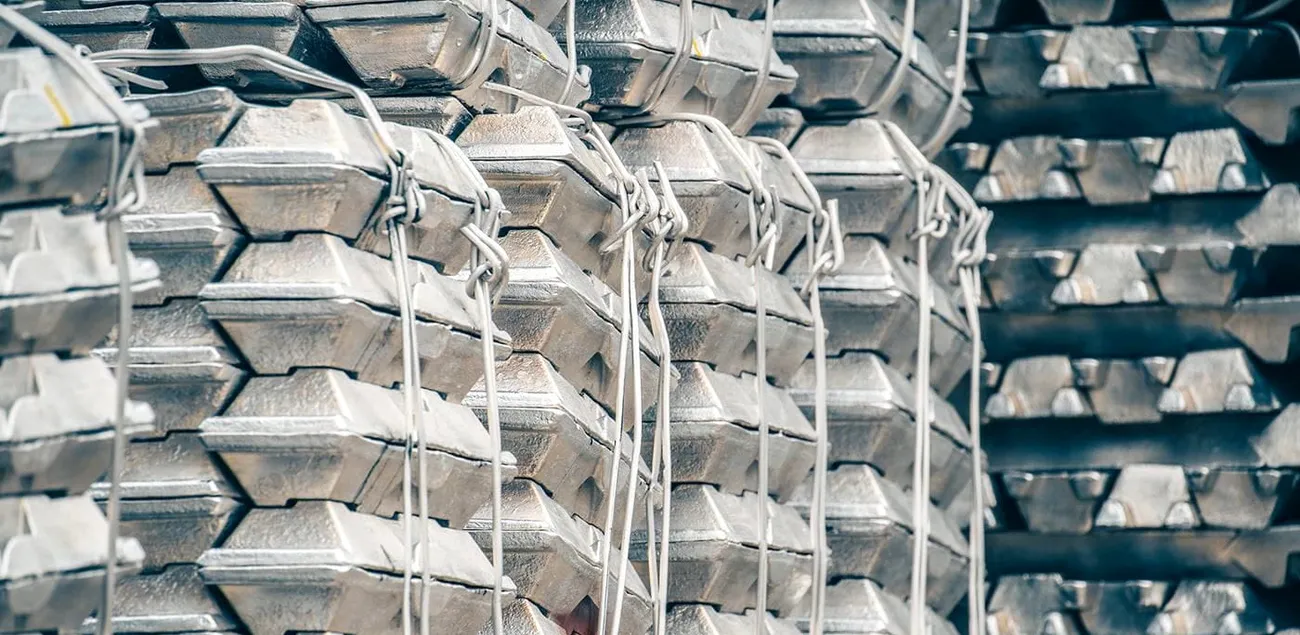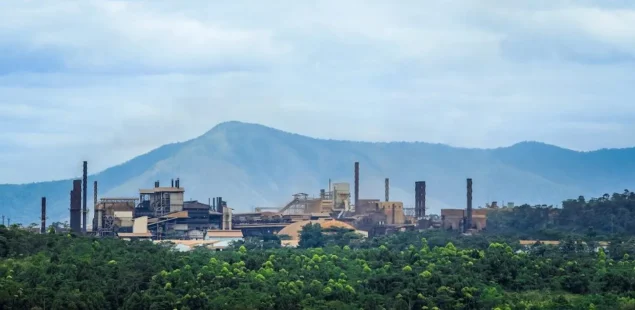
Inventories of aluminum in London Metal Exchange (LME) warehouses have fallen to their lowest levels since 2022, creating significant underlying volatility in the market despite a seemingly stable headline price. Stocks have decreased from over 1.3 million metric tonnes two years ago to approximately 345,000 tonnes as of mid-June 2025. This tightening of available supply, with one source noting just 321,800 tonnes of available metal, is driven by Western sanctions on Russian metal and a fundamental shift in China’s import behavior and has inverted key market spreads, signaling a period of intense physical competition for the remaining metal.
The Geopolitical Divide in Warehouse Stocks
While the LME’s three-month aluminum price has remained relatively calm, trading around the $2,500 per tonne mark, the composition of the exchange’s dwindling inventory reveals a deep structural issue. Approximately two-thirds of the remaining aluminum stocks are of Russian origin. This material has become less desirable for many Western market participants following the imposition of sanctions.
In April 2024, the United States and the United Kingdom banned the import of Russian aluminum, and the LME subsequently prohibited the delivery of any Russian metal produced after April 13, 2024, to its warehouses. The European Union has also implemented quotas ahead of a full ban scheduled for the end of 2026. As a result, the large volume of Russian metal in the LME system is not a viable source of supply for a significant portion of the market, creating a practical scarcity of non-Russian material that is much more acute than the headline inventory number suggests.
China’s Transformation into a Major Importer
A second critical factor driving the inventory drawdown is China’s evolution from being primarily a producer to also being a major importer of aluminum. With its domestic smelting capacity approaching government-mandated caps and internal demand remaining robust, China has turned to the international market to fill its supply gap.
This shift is most evident in its absorption of Russian aluminum, which has been redirected away from Western markets. For instance, in the first two months of 2025, China’s imports of Russian primary aluminum totaled approximately 321,900 metric tonnes, accounting for 89% of the country’s total primary aluminum imports. This sustained import appetite from China is a structural change that is fundamentally reshaping global aluminum trade flows.
Volatility in the Spreads Signals Market Stress
The physical tightness is most visible in the LME’s spread structure. The benchmark cash-to-three-months spread has flipped from a comfortable contango—where future prices are higher than spot prices—to a state of backwardation, where near-term metal commands a premium. This inversion signals urgent demand for immediate physical delivery.
This tension has been exacerbated by the presence of at least one large entity holding a dominant long position in the market, which has established positions significantly larger than the total available LME inventory, leading to short-term squeezes.
Aluminum Market Overview
Aluminum is a vital industrial metal used in transportation, construction, and packaging. The current market tightness appears to be driven by genuine physical supply constraints rather than purely financial positioning. With sanctions rerouting Russian material and China absorbing a large share of the available supply, there is less metal available to enter the LME system to alleviate the squeeze. This structural shift suggests that unless new production comes online or demand slows, the underlying tension in the aluminum market may persist, potentially leading to further volatility despite the calm appearance of the outright price.
Company Background and Market Context
The London Metal Exchange, founded in 1877, is the world’s primary venue for trading industrial metals. Its global network of over 400 warehouses in 33 locations provides the physical underpinning for its contracts, and its Official Prices serve as the global benchmarks for metals including aluminum. The LME contract for primary aluminum is traded in lots of 25 tonnes and priced in U.S. dollars.



